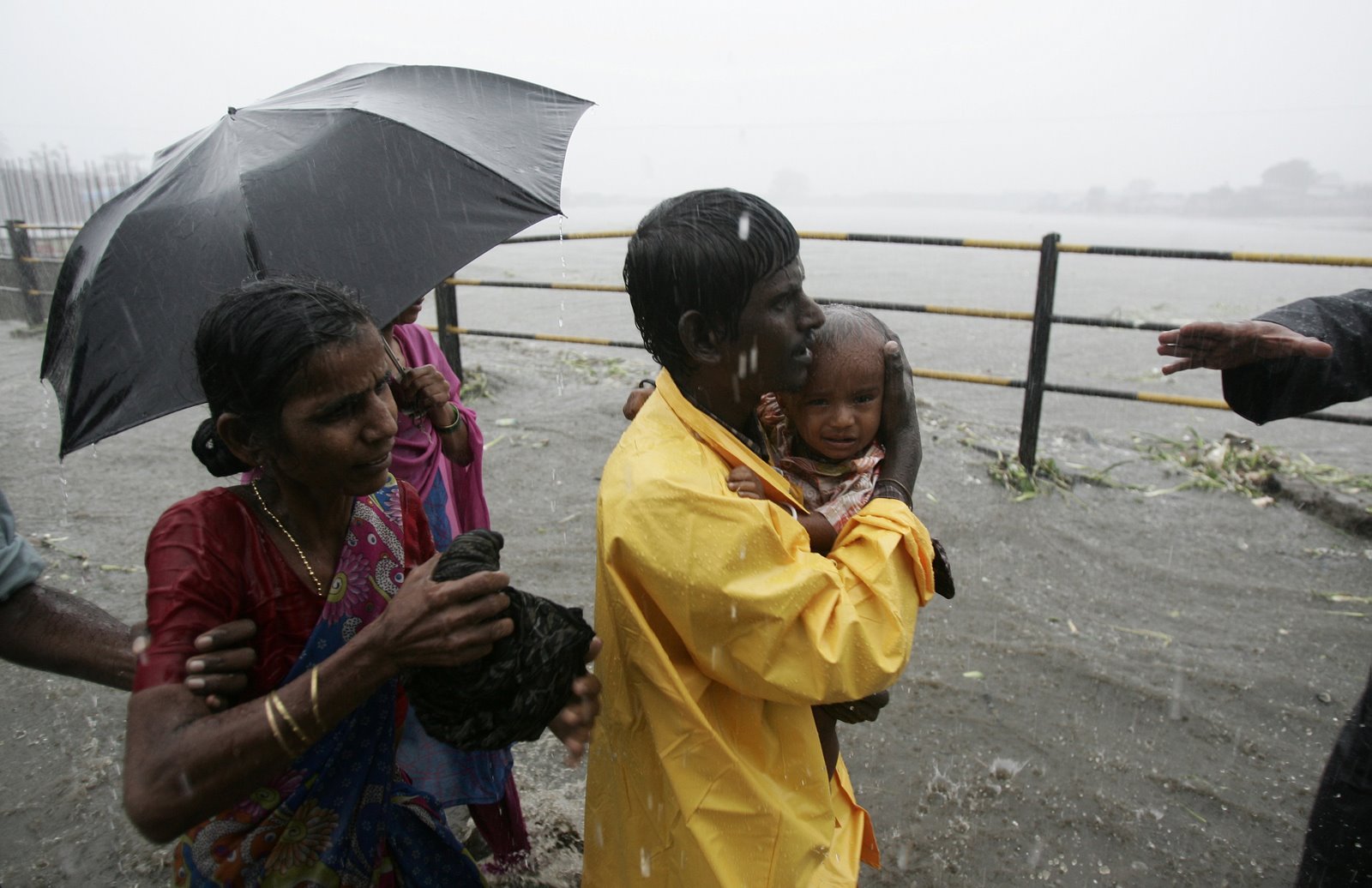India is full of various classes and divisions but the beauty of the country is that in times of need , everyone stands united as one. Indian history has seen the highest highs as well as the lowest lows. But the tragic times have brought the countrymen closer to each other. We have helped each other out and emerged from the situation stronger than ever before.
Such events become headlines, many lose loved ones but what stays is humanity, which overcomes all odds. Here are 10 tragedies that struck India but helped us stick together and we only came out stronger.
1. Jallianwala Bagh Massacre, 1919
One of the most heart-rending chapters in the country’s history, the Jallianwala Bagh Massacre was an event that boils every Indian’s blood even today. A happy town in Punjab, Amritsar, was all decked up to celebrate the festival of Baisakhi on April 13, 1919, when a gathering of thousands of unarmed men, women, and children became the target of General Dyer ‘s shoot-at-sight orders. Death, destruction and blood followed, and it turned out to be the country’s saddest tragedy. Thereafter, the site, which still has bullet marks from almost a century ago, has become a national place of pilgrimage. However, tolerating something like this is not something that comes to us Indians. To avenge the killing, a young Sikh teenager, Udham Singh, went all the way to Caxton Hall, London, in 1940 and killed Michael O’Dwyer, the Lieutenant Governor of Punjab who had endorsed General Dyer’s orders .
2. Gujarat Earthquake, 2001
Just when Gujarat had woken up to celebrate the Republic Day on January 26th, the state shook because of a 7.7 magnitude earthquake in 2001. Killing around 20,000 people and injuring another 167,000 while destroying nearly 400,000 homes, the quake caused the most destruction in India.
The sleepy town of Bhuj, situated only 20 kilometres from the point of epicenter was left devastated. The country came together in the time of need, and donations started pouring in as massive relief work began. As always, the Indian military was quick to lend emergency support. The mishap, though unfortunate, bought people from across the country closer.
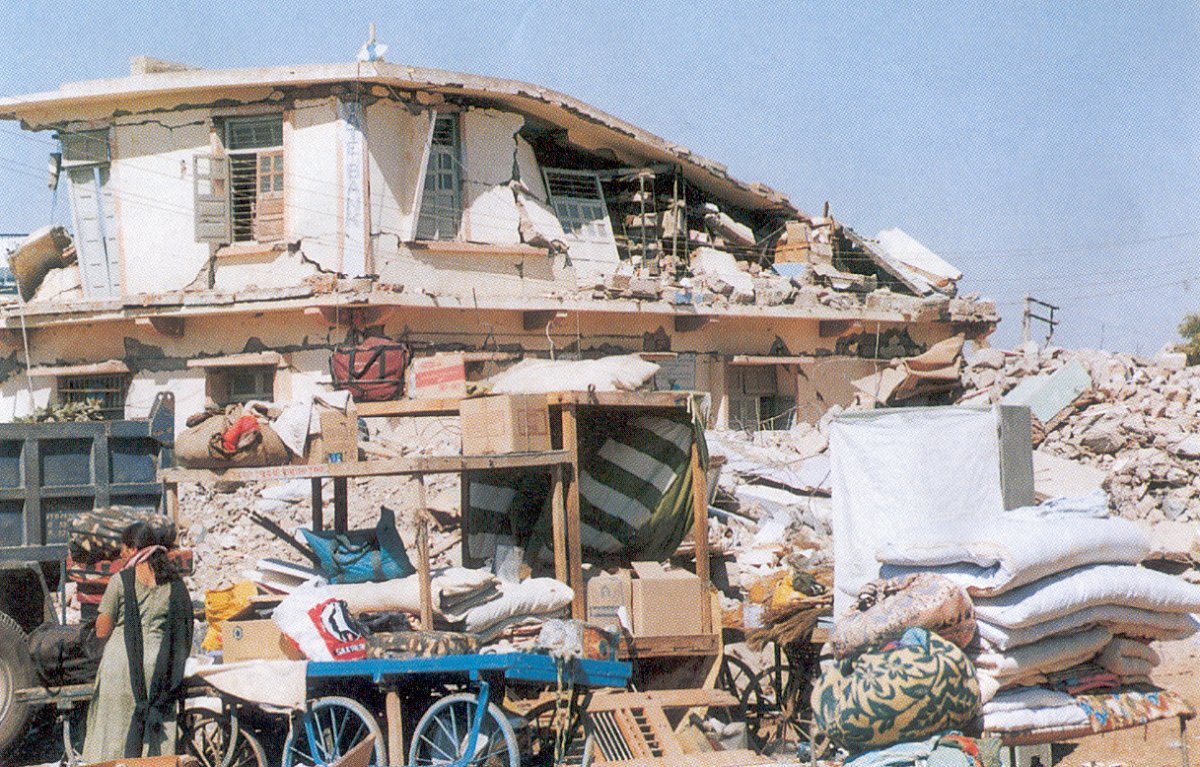
3. Kashmir Floods, 2014
Caused by uninterrupted heavy downpour, nature wreaked havoc in Jammu & Kashmir in 2014 unleashing death and destruction of property. The floods have reportedly been the deadliest since the Independence. The defence forces, India’s real heroes, sprung into action and rescued many lives. Around 2,600 villages were affected by the worst floods Kashmir has witnessed in over 60 years. The local administration was overwhelmed by the scale of the disaster. However, keeping politics aside, everyone got together for the rescue operations. Kudos to the defence forces for handling the sensitive situation the way they did.
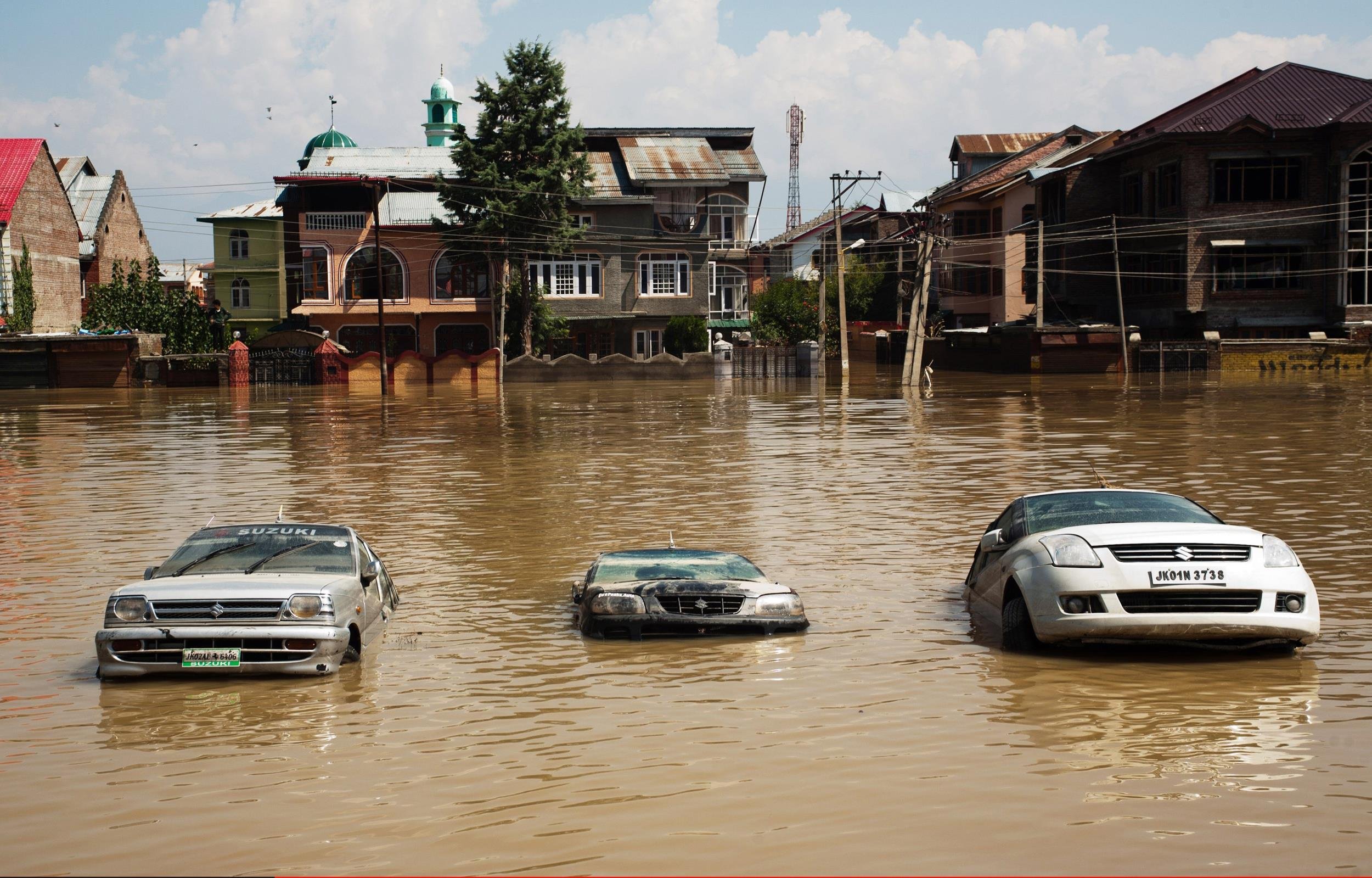
4. Uttarakhand Floods, 2013
The monsoon of 2013 wasn’t what the people of Uttarakhand were expecting. Nature unleashed its fury and the otherwise pleasant rains turned into a death eater. Several thousand soldiers, helicopters, locals and volunteers came together to help victims. Food, water, clothes; everything was made available at their disposal. Some people even traveled to the place especially to help.
5. Mumbai Terror Attacks, 2008
It was a usual day in Mumbai; people running for work, kids playing carelessly and tourists posing in front of the Gateway of India when smoke engulfed the grand dome of Taj Mahal Palace hotel. Within minutes, panic struck the city. This was followed by a series of blasts for the next 4 days, including at the Chatrapati Shivaji Terminal. Around 200 people were killed and 300 more were injured. However, everyone from the defence and police forces to the locals and the staff at Taj got together to save lives and within days, the city was back to its normal cheerful self.

6. Bhopal Gas Tragedy, 1984
It was a typical winter day in Bhopal in 1984 when the unthinkable happened. Who could have thought that a gas leak mishap could turn into the world’s worst industrial disaster? A little over 500,000 people were exposed to methyl isocyanate (MIC) gas and other chemicals. The toxic made its way in and around the shanty towns located near the plant. Such was the impact of the disaster that an estimated 120,000 to 150,000 survivors still struggle with serious medical conditions. But fast forward to 2014, December 3 is like just another regular day in the life of Bhopal’s brave people.
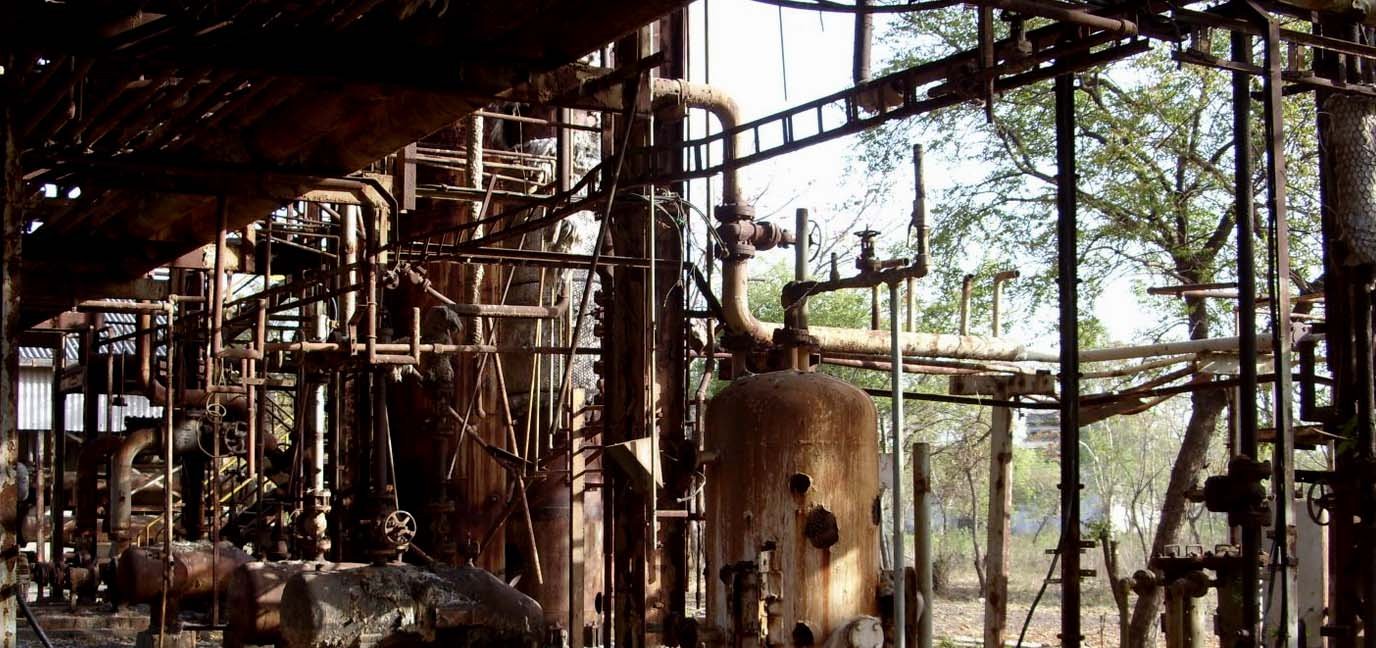
7. Indian Ocean Tsunami, 2004
A decade ago, on December 26, 2004, the otherwise calm water of the Indian Ocean showed its wild one. With a 9 magnitude quake under the Indian Ocean, people living in nearby areas saw the violent movement of water like never before. News reports called it the deadliest Tsunami in history killing around 155,000 in India and injuring over 500,000. A great deal of humanitarian aid was sent because of widespread damage of the infrastructure, shortage of food and water, and economic damage. Not only Indians, but nations across the globe came forward to help the victims with around USD 14 billion coming in as aid. Now that is what we call true team work!
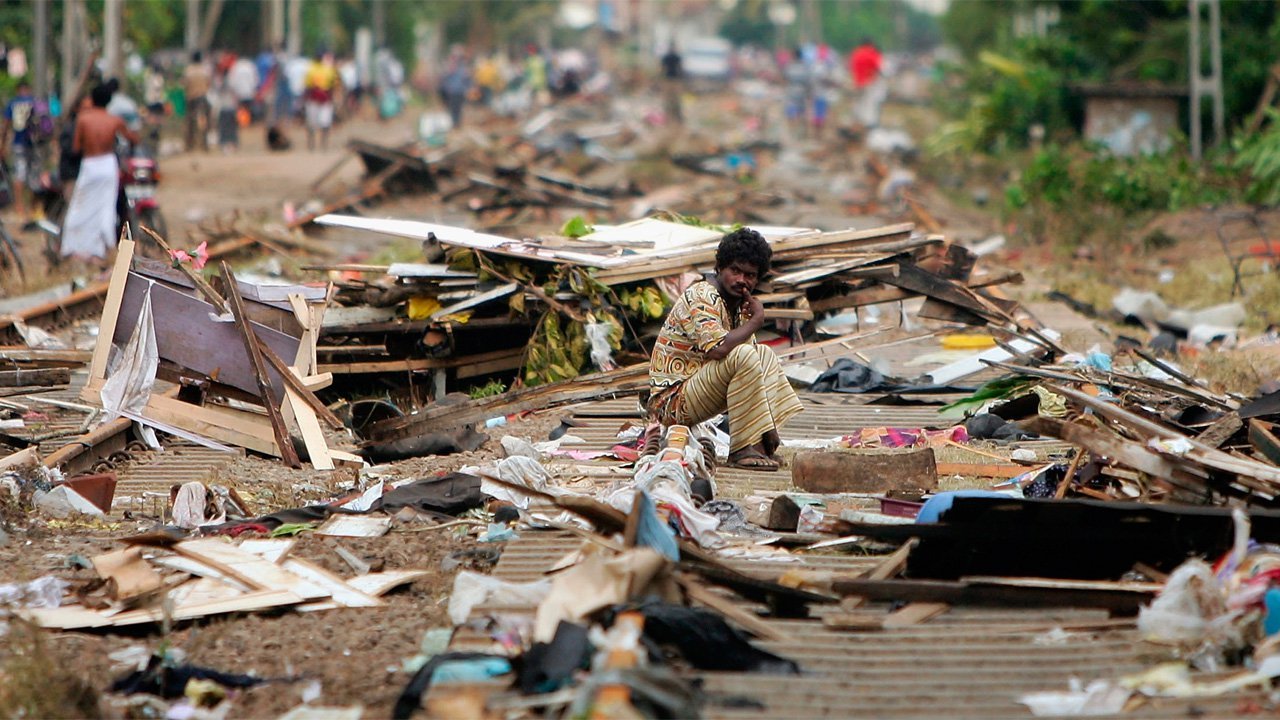
8. Cyclone Phailin, 2013
The cyclone crashed into eastern areas in India on the fateful Saturday, October 11, forcing up to one million people to flee. The massive storm packing winds of about 200km/h entered the country and it was reported that the cyclone had the biggest evacuation in the history of India with huge relief work being delivered from every possible sphere. Instead of panicking, people worked tirelessly to help others and decreased the damage caused.
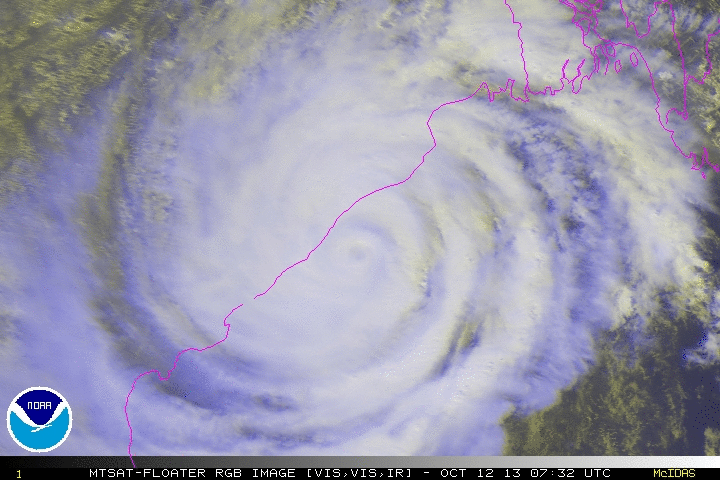
File animation of Phailin landfall on Oct 12, 2013
9. Odisha Super cyclone, 1999
Odisha witnessed massive destruction in the form of a cyclone which originated about 550 kms east of the Andaman Islands. Unofficial figures reported as many as 50,000 fatalities. Around 1,500 children were orphaned and 16,50,086 houses were damaged. The cyclone’s speed was so high that the device used for measuring wind speed, the anemometer, failed to record it!
Indian Red Cross Society and BAPS Charities took the rescue work upon their shoulders and swung into action as soon as the news of the disaster spread. Such was the effect of the disaster that relief work went on for more than a year. Around 2,500 volunteers reached the cyclone-torn state. BAPS Charities also cremated around 700 bodies because the locals were superstitious about touching strangers’ dead bodies. Not only this, three villages were adopted by the organisation and they even rebuilt some villages, the work for which was finally completed 2 and a half years after the cyclone hit.
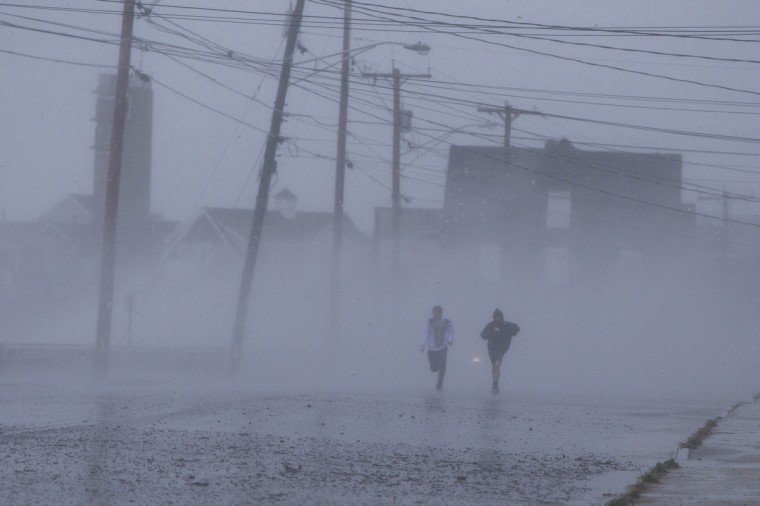
10. Mumbai Floods, 2005
Rain, the one thing that Mumbai nagariya loves the most, gave people sleepless nights this time around. The floods were caused by 24-hour rainfall recorded at 994 mm. It continued for the next 3 days and left thousands stranded and homeless. The government and locals took no time to get into action and the city soon restored to normality. People were evacuated through boats and buses, and given shelter in public buildings. The government also provided free food grains and over 25,000 people were given relief. The floods highlighted the spirit that Mumbai has always been known for – that of helping others.
